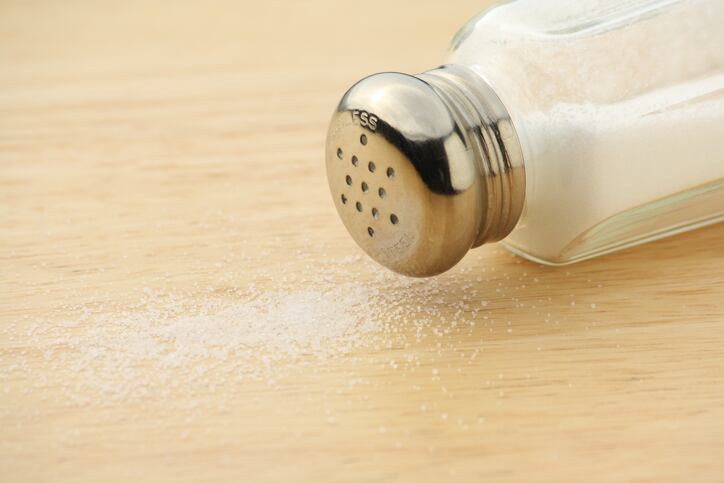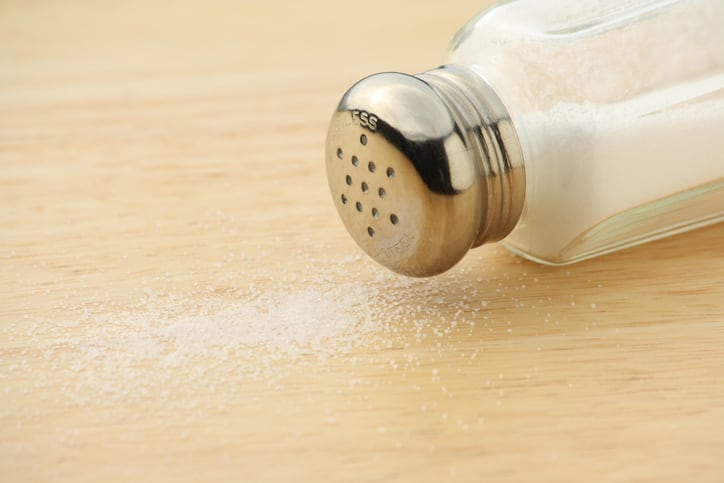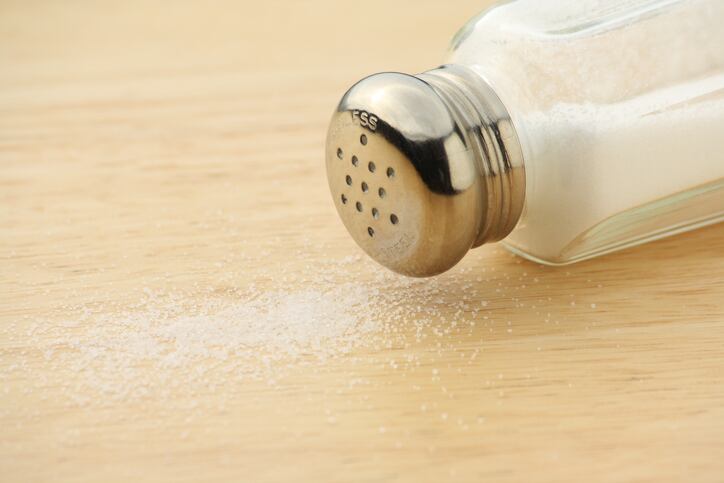The targets in the new guidance - which finalizes (in part) draft guidance from 2016 outlining short-term (2-year) and long-term (10-year) targets - are designed to cut average daily sodium intake from around 3,400mg to 3,000mg, which is higher than the 2,300mg recommended in the Dietary Guidelines for Americans, acknowledges the agency.
“Although the average intake would still be above the recommended limit of 2,300 mg per day for those 14 and older, we know that even these modest reductions made slowly over the next few years will substantially decrease diet-related diseases.”
The FDA is not, however, finalizing the long-term (10-year) sodium reduction targets, and says it “will continue its dialogue with industry, monitor and evaluate progress in achieving the short-term targets and expects to issue revised subsequent targets in a few years.
“Voluntary and gradual approaches such as this have also been successful in other countries, such as Canada and the U.K.”
CSPI: 'The FDA must finalize its more ambitious, long-term 10-year targets for sodium reduction'
The American Heart Association welcomed the guidance, but said the FDA must go further: “Lowering sodium intake to 3,000mg per day is not enough… We urge the FDA to follow today’s action with additional targets to further lower the amount of sodium in the food supply and help people in America attain an appropriate sodium intake.”
Washington-DC-based health advocacy group The Center for Science in the Public Interest (CSPI) also welcomed the targets, but said, “the federal government has much more it can do to encourage the industry to adopt them, and much more it could do to educate consumers about the importance of sodium reduction.
“In addition, the FDA must finalize its more ambitious, long-term 10-year targets for sodium reduction, already released in draft form, and develop new, intermediate 6-year targets to ensure the industry’s progress can be measured mid-way. These targets remain voluntary and, if compliance is poor, mandatory standards should be considered.”
Some restaurant meals have 4,000-5,000mg sodium
But why do we need targets, and aren’t most leading corporations in CPG and foodservice already committed to cutting sodium?
“Yes, there has been a decline in sodium in packaged foods in recent years," acknowledged CSPI co-founder Michael Jacobson, PhD (he stepped down as executive director in 2017, but remains a senior scientist) in a recent call with FoodNavigator-USA.
"But consumer intakes haven’t really changed for 30 years because we’re consuming more restaurant foods – some of these meals have 4,000-5,000mg of sodium, which should come with a health warning - and we're also consuming more calories [USDA ERS data shows average daily calorie intakes rose from 2,016 in 1970 to 2,390 in 2014].”
Facts up Front
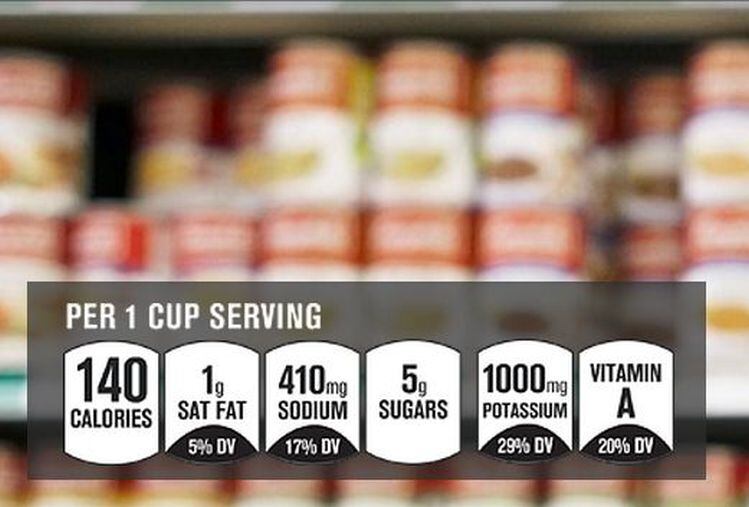
But hasn’t labeling made a difference?
Not really, said Jacobson, who said most people have no idea how much sodium they are eating. A 2017 survey of people leaving fast- food restaurants underscored consumers’ ignorance of sodium levels, he noted in Salt Wars. "Their average meal contained 1,292 mg of sodium. But they estimated— or, more accurately, guessed— that the meals contained only 279 mg."
While new rules requiring chain restaurants with 20+ outlets to display calories on menus or menu boards also require them to provide nutrition information about sodium and other nutrients upon request, he said, how many people do you know routinely request it?
In packaged foods, sodium levels and %DVs have featured on food labels since 1994, while some brands also list sodium on the front of pack as part of the industry-backed, voluntary ‘Facts up Front’ initiative.
Unlike initiatives in countries such as Chile and Israel, where high-sodium foods come with a warning, however, the Facts Up Front icons just pull out data from the Nutrition Facts panel without interpreting it, which has the effect of turning it into so much wallpaper, he said.
Sodium reduction has fallen off the radar
The problem, contends Jacobson, is that while the 2019 National Academies report outlines “both a causal relationship and an intake–response relationship between sodium and several interrelated chronic disease indicators: cardiovascular disease, hypertension, systolic blood pressure, and diastolic blood pressure,” sodium reduction has fallen off the radar at many food companies, who are under more pressure from consumers right now to ‘clean up’ labels and cut sugar (currently public enemy #1 in the nutrition stakes) than to reduce sodium.
But the National Academies report - which also throws cold water on some well-publicized (but Jacobson claims deeply flawed) studies suggesting lower sodium levels could actually cause health problems - makes it clear that lowering sodium should be a top priority for the food industry, he said.
Leveling the playing field
And setting targets to which everyone must adhere to is the best way to galvanize the industry and make that happen, said Jacobson, both to ensure that our palates gradually adjust to less salty foods, and to level the playing field so companies that make the effort to reduce sodium are not competitively disadvantaged.
While many companies have made progress, he said, the costs required for sodium reduction are not typically offset with any incremental sales (indeed, sodium reduction is often done by stealth and is not something firms typically shout about on food labels), so there has to be an incentive for manufacturers to make the kind of across-the-board reductions needed to deliver a meaningful reduction in intakes.
But the costs of not acting are clear, he claimed: “Excess sodium accounts for about 50,000 to 100,000 premature deaths and $10 to $24bn in avoidable health care costs in the United States every year. Globally, excess sodium causes about one million premature deaths annually.”
According to the American Heart Association, excess levels of sodium/salt may put people at higher risk for: Enlarged heart muscle, headaches, kidney disease, osteoporosis, stroke, heart failure, high blood pressure (hypertension), kidney stones, stomach cancer.
Boys aged 5-8 – who should be getting a maximum of 1,500mg sodium per day, are consuming on average, 2,785mg a day; while girls aged 2-4 – who should be eating no more than 1,200mg, are getting on average, 2,061mg.
9-13 year old boys, who should not exceed 1,800mg, meanwhile, are consuming – on average – a whopping 3,451mg according to NHANES dietary intake survey data.
- 1/4 teaspoon salt = 575 mg sodium
- 1/2 teaspoon salt = 1,150 mg sodium
- 3/4 teaspoon salt = 1,725 mg sodium
- 1 teaspoon salt = 2,300 mg sodium
"If we steadily reduced the amount of salt we eat, our perception of what is salty will change steadily as well. If we do this, the food we eat now would taste unbearably salty, and our blood pressure and risk of heart attack would plummet. The war on salt can be won— but only with a concerted and strategic effort that relies on leadership in government and in society." Dr Tom Frieden, former director of the CDC, in a foreword to Dr Michael Jacobson's recent book, Salt Wars
Sodium reduction strategies
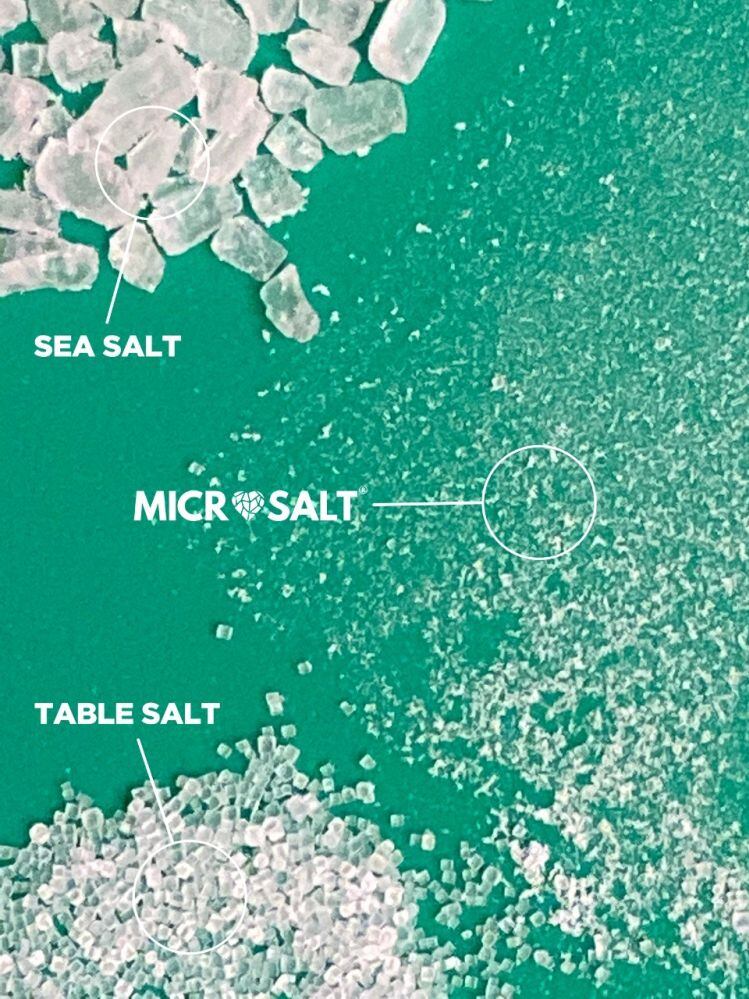
Given that salt has technical/functional as well as sensory functions in many products, there is no sodium reduction silver bullet from an ingredient or technology perspective.
But there are solutions out there, from technology that modifies the structure of salt crystals such that smaller amounts can go further,* to blends of salt, tomato concentrates, mushroom and seaweed extracts, to culinary approaches deploying other herbs and spices to make foods more flavorful without salt.
Potassium chloride - which can now be called 'potassium salt' on food labels following the FDA’s recent decision - can also help firms make more significant reductions.
Flavor enhancer monosodium glutamate (MSG) - a much-maligned substance which the FDA says is safe but has been added to the ‘unacceptable ingredients’ lists of many retailers – could also be a useful addition to the sodium reduction toolkit.
Other approaches tackle the issue from a different angle, for example exploring alternative processing technologies for foods that are currently highly seasoned/salted because existing processing techniques such as retort cooking can reduce flavor intensity.
* For example, flakes of salt, 'Microsalt (pictured left),' or hollow balls of salt can deliver a more intense, salty taste with less sodium because they increase the surface area to volume ratio, which can be highly effective for topical applications where salt is primarily serving as a flavor, rather than say, a preservative.

